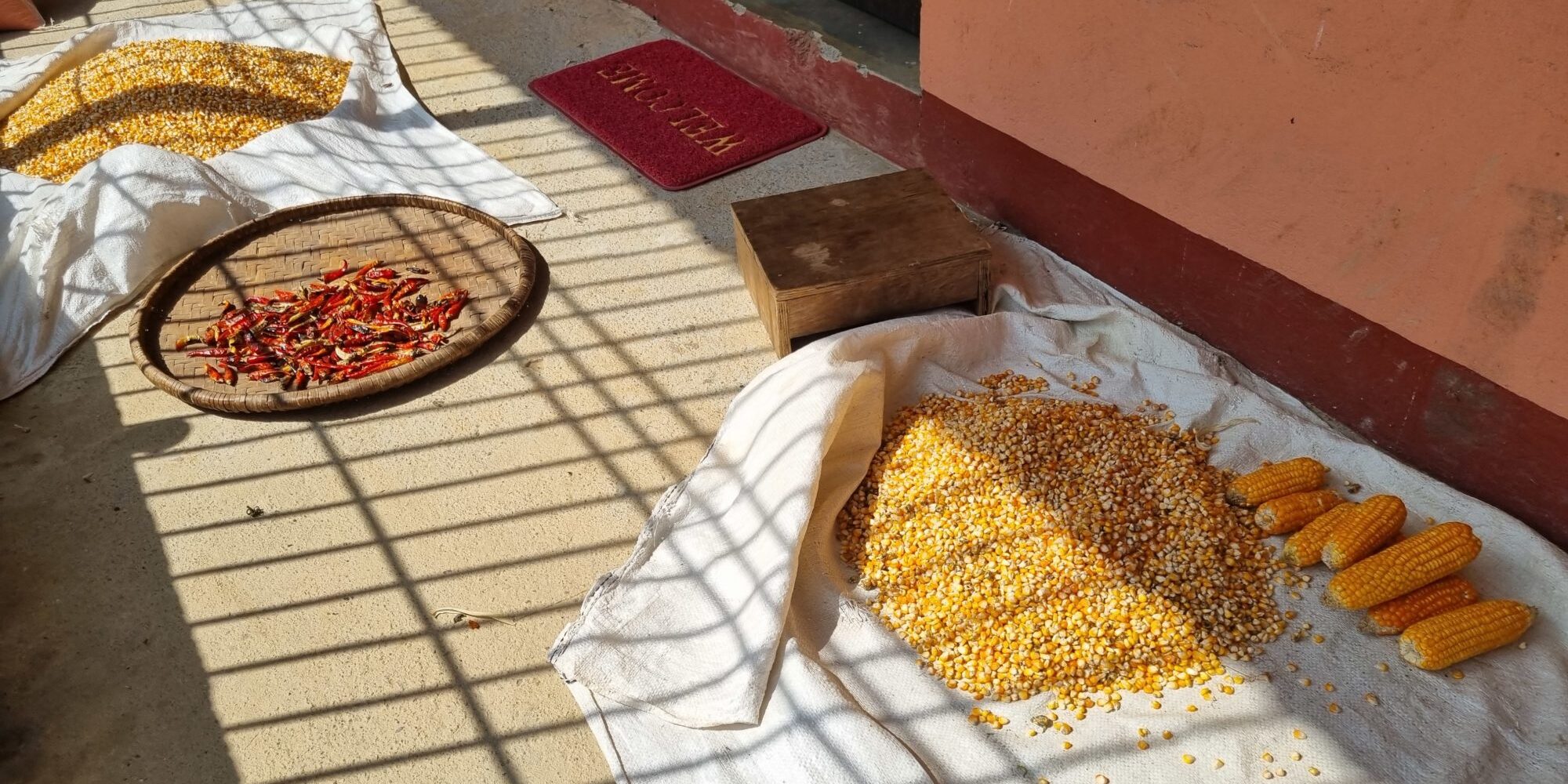
Better drying techniques can reduce food waste
Author
Published: 02 November 2022
Last updated: 20 January 2023
Contact persons
Share article:
New technology for sun-drying fruit and vegetables can reduce food waste for farmers in Nepal and Bhutan.
In the two Asian mountain countries of Nepal and Bhutan, large parts of the population live outside cities, and agriculture is the most important source of income for most. A common problem is that large parts of the crops are lost after harvest, because the farmers lack the facilities and technology to store and preserve the products.
Environmentally friendly with high quality
In order to improve food security and living conditions in rural areas, the international research project SolarFood is working to develop technology that can shorten the drying time of, for example, apples, tomatoes and chillies using solar energy. The goal is to produce products that maintain high quality and are in demand in the market. In addition, the technology must be environmentally friendly, can be produced locally and be socially accepted by those who will use it.
Researchers from Ruralis and Lund University in Sweden have just visited the two countries to get to know the local conditions better. Together with colleagues from the University of Kathmandu and the Royal University of Bhutan, they have interviewed selected farmers both individually and in groups.
Gaining experience from the farmers
– We have studied what kind of crops the farmers harvest, what has the potential to be dried, whether they are already used to drying fruit and vegetables and in what way they do it. It is important to find out what experiences the farmers already have with technology or traditional methods of drying. This can affect the design of the new technology and the social acceptance of introducing it, says research leader and senior researcher Pia Piroschka Otte at Ruralis.
The researchers found that farmers in the areas they visited had very different crop drying practices. The farmers in Nepal do a lot of drying indoors, by hanging the produce under the roof. They also dry somewhat in direct sunlight on the ground or rooftops. In Bhutan, drying under the open sky was most common.
The traditional drying methods have several disadvantages. The drying itself takes a long time, and the products are exposed to both insects and bacteria. The farmers often do not have time to climb onto the roof to bring in fruit and vegetables that are dried under the open sky when the rains come, and then the products can mould.
Powered by solar energy
The engineers in the project are working on a prototype that will be powered by solar energy. The machine makes it possible to dry the products both faster and at higher heat. The new technology will reduce the drying time from approximately four days to one day. This means that less of the crop is wasted, and that the quality will hopefully be higher.
– The next step is to test the prototype on relevant products such as chillies, apples and tomatoes at the University of Kathmandu and the Royal University of Bhutan. The technology must be easy to use, and then we will see what challenges need to be solved before farmers can try it out in practice, says Otte.
Need a market
In the end, farmers must find that it is profitable to invest in such a machine. When the researchers asked about the interest in the technology, they received fairly similar answers in both countries: If there is a market to sell the products, and they dry faster than the traditional way, it is a good alternative. But if the farmers are to buy the machine, they depend on getting a good price for the products they sell.
– The field work shows how important it is to involve users in the development of new technology. In that way, we can design a product that enables us to achieve the goal of reducing food waste and creating opportunities for farmers to increase their income, says Otte.
Author
Published: 02 November 2022
Last updated: 20 January 2023

